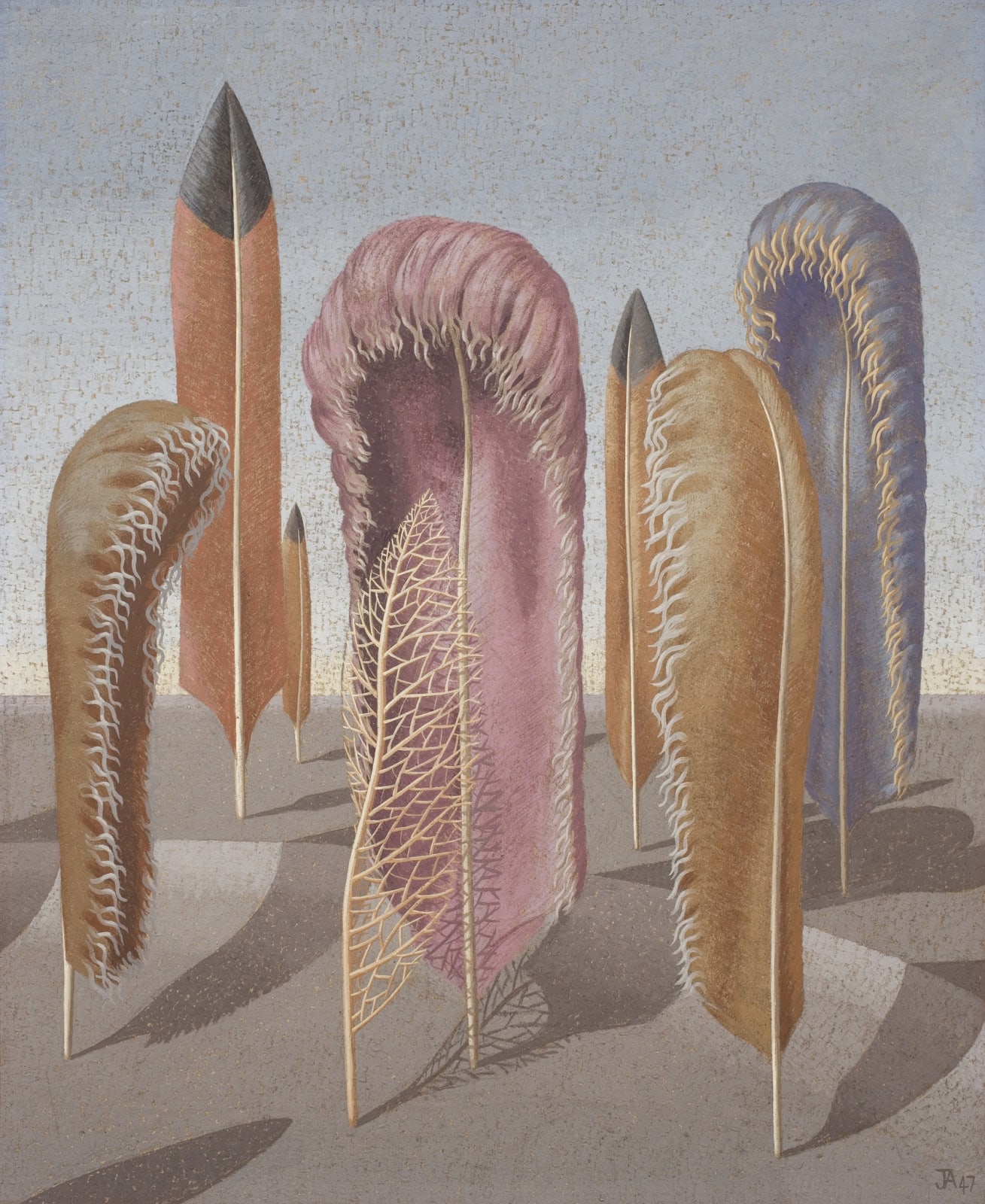John Armstrong: Paintings 1938 - 1958: An Enchanted Distance
Past exhibition
21 October - 8 December 2015
Piano Nobile
PIANO NOBILE | Robert Travers (Works of Art) Ltd
96 / 129 Portland Road | London | W11 4LW
+44 (0)20 7229 1099
Monday - Friday 10am - 6pm | Saturday 11am - 4pm
Closed public holidays
![]() Instagram
Instagram ![]() Join the mailing list
Join the mailing list
Copyright © 2025 Piano Nobile
This website uses cookies
This site uses cookies to help make it more useful to you. Please contact us to find out more about our Cookie Policy.
